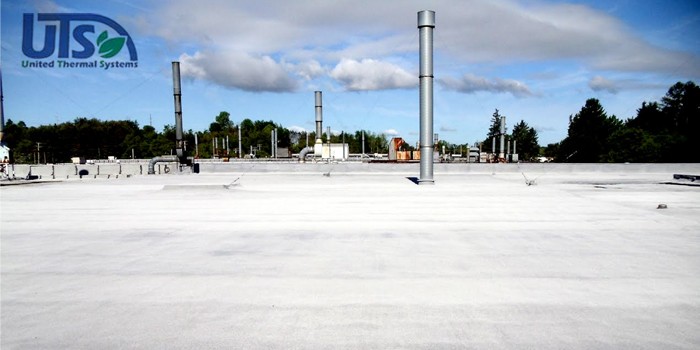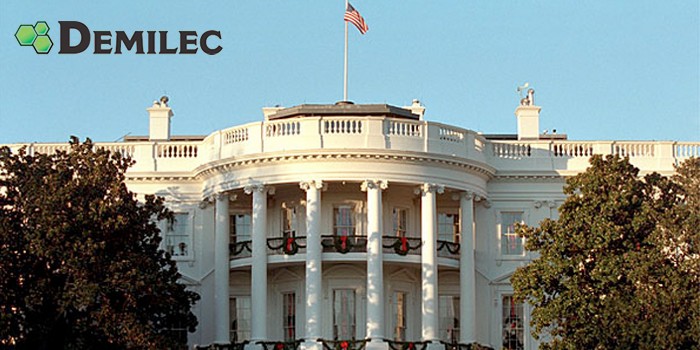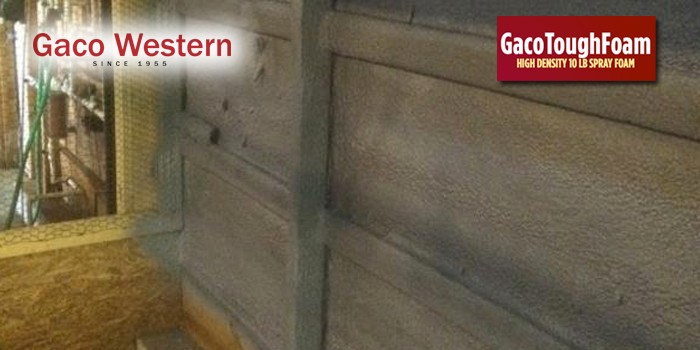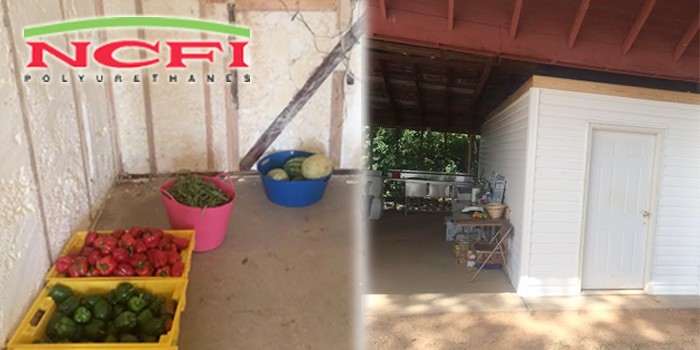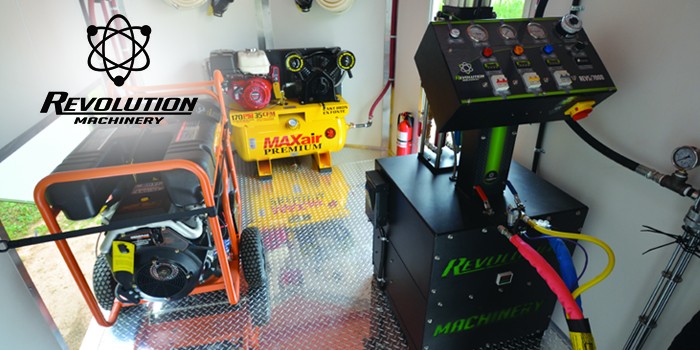GuardFoam 55 Spray Polyurethane Wall Foam Keeps the Air Out
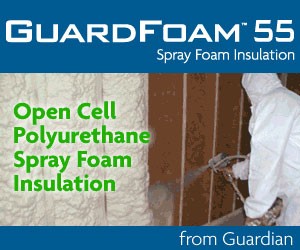
The primary goal of insulation is to reduce unwanted heat loss or gain, which ultimately decreases the energy demands of heating and cooling systems. Historically, fiberglass insulation has been the most widely used and most economical insulation product. That’s good for Guardian, since they have been in the fiberglass manufacturing business since 1980 when they first began operations at a fiberglass manufacturing plant in Albion, Michigan.
Fiberglass, however, is problematic for one main reason. Even with the recent introduction of Guardian Building Product’s (GBP) Fatt Batt – the highest, single-layer R-value batt available on the market today – fiberglass insulation cannot stop air flow. This results in air infiltration caused by leaks around windows and doors, and by the spaces and seams around floors, vents and duct work. Outside air can penetrate these gaps and when it travels throughout the home, heating and cooling, as well as plumbing and electrical systems have to work overtime to maintain comfort and balance in the home. The result is wasted energy and higher utility bills.
Significantly reducing or eliminating air infiltration plays a key role in properly insulating a home. Recent advancements in insulation technology, including the introduction of GBP’s newest product, GuardFoam 55* Spray Polyurethane Wall Foam, is the answer to the air infiltration problem.
GuardFoam 55 is sprayed on with a high-pressure delivery system that provides a seamless layer of insulation, literally encapsulating the interior of a home. The key advantage of this full cavity foam application is the elimination of air infiltration and its ability to perform in even the most extreme hot or cold climates. GuardFoam 55 is the highest performing insulation available on the market today.
According to Tim Morrow, GuardFoam 55 product manger, business development, “Nearly 50 percent all wall cavities contain some type of obstruction, such as pipes, electrical, sound system or security wiring, or non-standard framing width and height. Since GuardFoam 55 is spray applied, the foam material forms to all the shapes and sizes of wall cavities in and around the wall obstructions, creating a seamless bond with building components. A well insulated home that has virtually no air infiltration will significantly reduce energy costs and improve a comfortable living environment.”
“Spray foam insulation continues to become a more important component in the insulation industry, whether it’s applied in combination with fiberglass or alone,” added Gary Romes, vice president of business development. “Therefore, it had become necessary for GBP to move beyond being seen by our customers as just a fiberglass company. We are focusing our efforts today on positioning GBP as an insulation supplier, providing foam options to our customers, as well as fiberglass.”
Because GBP does not have the capabilities to manufacture foam, they have created a partnership with Lapolla Industries, Inc., a well-established, reputable, Houston-based manufacturer of spray polyurethane foam. Lapolla will manufacture the foam and GBP will label and distribute the product as GuardFoam 55. GBP will supply the GuardFoam product lines, which include a closed cell and open cell spray insulation, to the insulation market throughout the United States by way of its existing distribution channels and will expand the sales and marketing of GuardFoam into Canada in the near term.
“We specifically chose Lapolla as our partner due to their superior product performance and well-established credentials and approvals, which allow Guardian immediate market access to the North American markets as well as those overseas,” added Gary. “Lapolla will support our efforts to enter the foam insulation market with materials, equipment, training and technical support. In return, Guardian’s expertise in insulation, market credibility and global position will clearly have a positive impact on the overall spray foam insulation market.”
“Another benefit to GuardFoam 55 is that it not only reduces the energy required to heat and cool homes, but it also reduces carbon emissions, or greenhouse gases, which helps protect our environment,” added Tim. “Right now, full cavity spray foam only accounts for about 10% at best of all insulation out there, but the obvious financial and environmental benefits are resulting in increased market share as more people become educated on spray foam insulation.”
*The 55 in the name refers to the 55-gallon drums that the material comes in
Disqus website name not provided.




